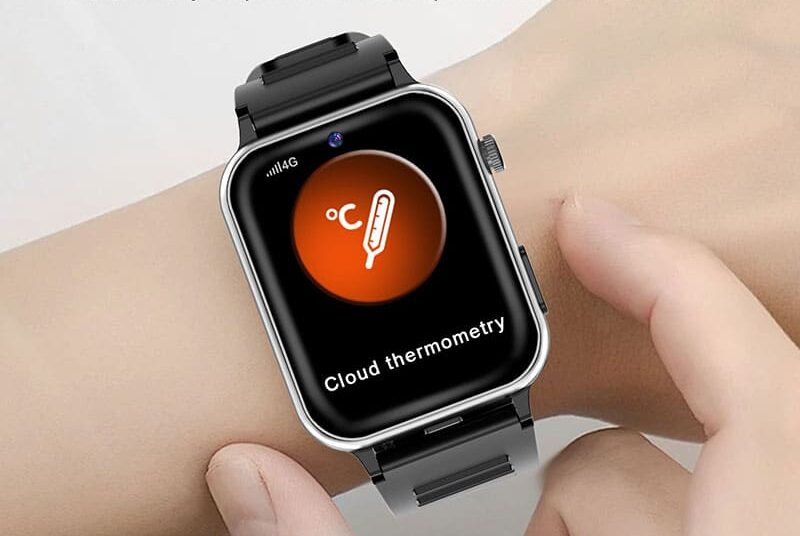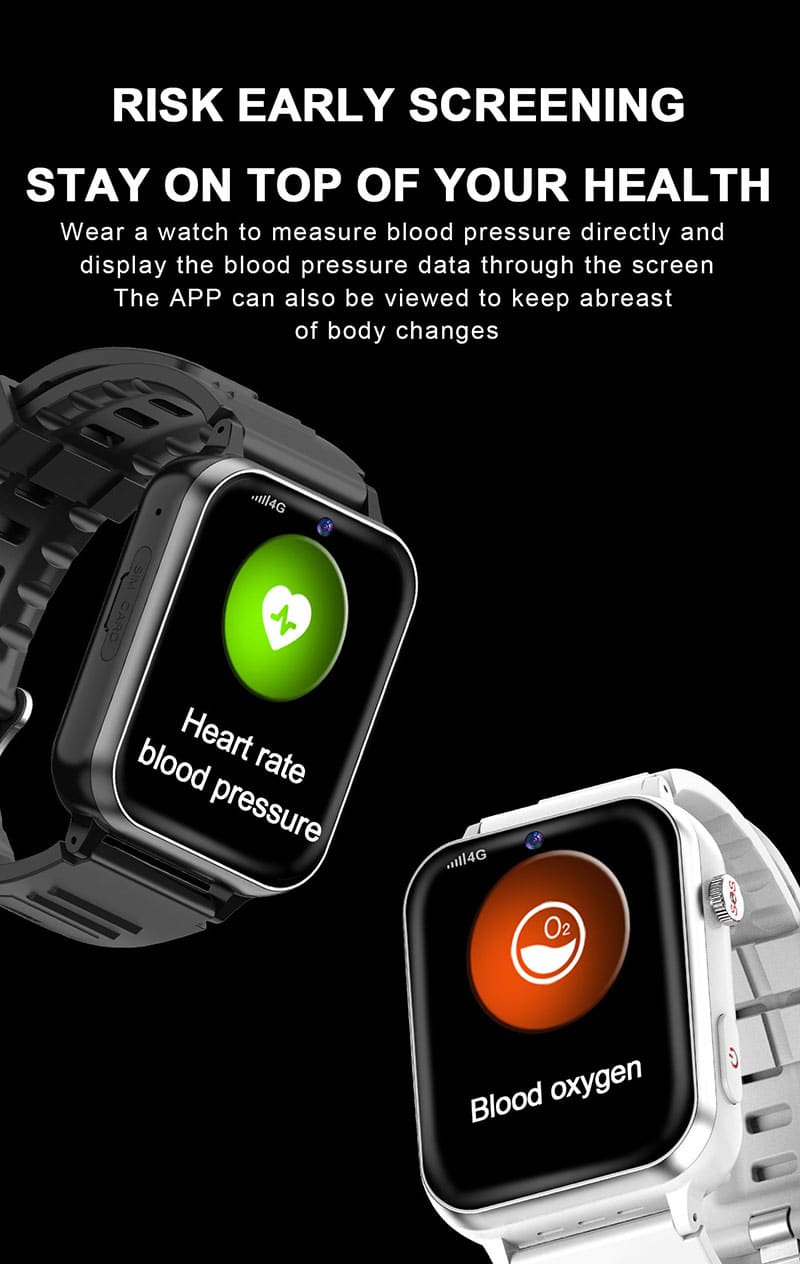Smart Health Watch: Integrating Style, Technology, and Wellness


I. Product Development Approach
A. User-Centric Design
B. Integration of Fashion and Technology
C. Empowerment through IoT Technology
II. Social Pain Points and Needs
A. Student Group
B. Elderly Group
C. Outdoor Sports Enthusiasts
D. Office Workers
III. Product Features and Highlights
A. Appearance Design
-
Fashion and Personalization: The watch features a lightweight and durable aluminum case and a skin-friendly silicone strap, suitable for students’ daily wear. It also offers a variety of bright colors and trendy patterned watch faces to meet students’ personalized needs. For the elderly, we have designed a simple and elegant style with a 316L stainless steel case and a comfortable leather strap, featuring large fonts and icons for easy viewing. For outdoor sports enthusiasts and office workers, we provide more professional and business-oriented designs, such as carbon fiber cases and metal straps.
-
Lightweight and Comfortable: Students are suited to watches with a diameter of 38 – 42 millimeters and a weight of 30 – 40 grams; the elderly are suited to watches with a diameter of 42 – 45 millimeters and a weight of 40 – 50 grams; outdoor sports enthusiasts and office workers are suited to watches with a diameter of 42 – 45 millimeters and a weight of 40 – 50 grams. These dimensions ensure comfortable wear without causing wrist strain.
-
Material and Texture: The case is made of lightweight and durable aluminum or skin-friendly 316L stainless steel. The strap is selected based on the target group’s needs. For example, students are suitable for silicone or TPU materials, the elderly for leather or fluororubber materials, outdoor sports enthusiasts for nylon or fluororubber materials, and office workers for metal or leather materials.
B. Health Monitoring Functions
-
Heart Rate, Blood Oxygen, and Blood Pressure Monitoring: Equipped with built-in biosensors, the watch can monitor important health indicators such as heart rate, blood oxygen saturation, and blood pressure in real-time. These data can be transmitted to the cloud or mobile applications via IoT technology. Users can view health reports at any time and even receive remote guidance from doctors. For students, this helps them understand their physical condition during study and exercise to avoid overexertion. For the elderly, especially those with chronic diseases, these monitoring functions can promptly detect health issues and remind them or their families to take action. For outdoor sports enthusiasts, real-time heart rate monitoring helps them better control their exercise intensity. For office workers, reminders for long periods of sitting and sleep monitoring can effectively improve their health conditions.
-
Sleep Monitoring: The watch can analyze users’ sleep quality, including deep sleep, light sleep, and wakefulness periods. Good sleep quality is crucial for the physical and mental health of students and the elderly. Through IoT technology, sleep data can be synchronized to mobile applications to provide users with personalized sleep improvement suggestions.
C. IoT Technology Applications
-
Real-time Data Transmission and Analysis: Leveraging IoT cards or Bluetooth technology, the watch can transmit collected health data to the cloud or mobile applications in real-time. These data, after intelligent analysis, can offer users personalized health management suggestions, such as exercise plans and dietary advice.
-
Positioning and Safety Functions: IoT technology enables the watch to have precise positioning capabilities. For students, parents can view their children’s real-time location information through mobile applications and set electronic fences to ensure their safety. For the elderly, especially those with Alzheimer’s disease, positioning functions can help family members quickly locate them if they get lost. For outdoor sports enthusiasts, GPS positioning functions can record sports trajectories in real-time, provide navigation support, and ensure they do not get lost in complex environments.
-
Smart Home Integration: IoT technology also supports the integration of smart health watches with smart home devices. Users can control home devices such as lights and air conditioners through the watch for a more convenient lifestyle experience.
D. Sports Monitoring Functions
-
Sports Modes: The watch is equipped with a variety of sports modes, including running, cycling, swimming, and mountain climbing, which can accurately record sports data such as distance, speed, and calorie consumption. For outdoor sports enthusiasts, the watch also supports altitude measurement and barometric pressure monitoring functions to help them better understand environmental changes.
-
Sports Analysis and Suggestions: Through IoT technology, sports data can be synchronized to mobile applications to provide users with detailed sports analysis reports and personalized suggestions. This helps them optimize their exercise plans and improve their sports performance.
E. User Experience and Interaction Design
-
Ease of Operation: The watch interface should be simple and intuitive, especially for the elderly, with large fonts and clear icons. Voice assistant functions can also be added to allow users to operate the watch through voice commands, such as querying health data and setting reminders.
-
Personalized Customization: The watch should offer a variety of watch faces and strap styles for users to choose from. Students can change personalized watch faces and fashionable straps to show their personality; the elderly can choose simple and elegant watch faces and comfortable straps; outdoor sports enthusiasts can choose sports-style watch faces and durable straps; office workers can choose business-style watch faces and metal straps.
F. Battery Life and Charging
-
Long Battery Life: Smart health watches should have a long battery life to meet the needs of users who wear them for extended periods. Through optimized chip and sensor power management, the watch can last 3 – 7 days under normal usage conditions (such as with health monitoring functions enabled).
-
Convenient Charging Methods: The watch charging interface should be magnetic or USB-C, which is convenient for users to charge. For the elderly, wireless charging technology can also be considered to further simplify the charging process.
